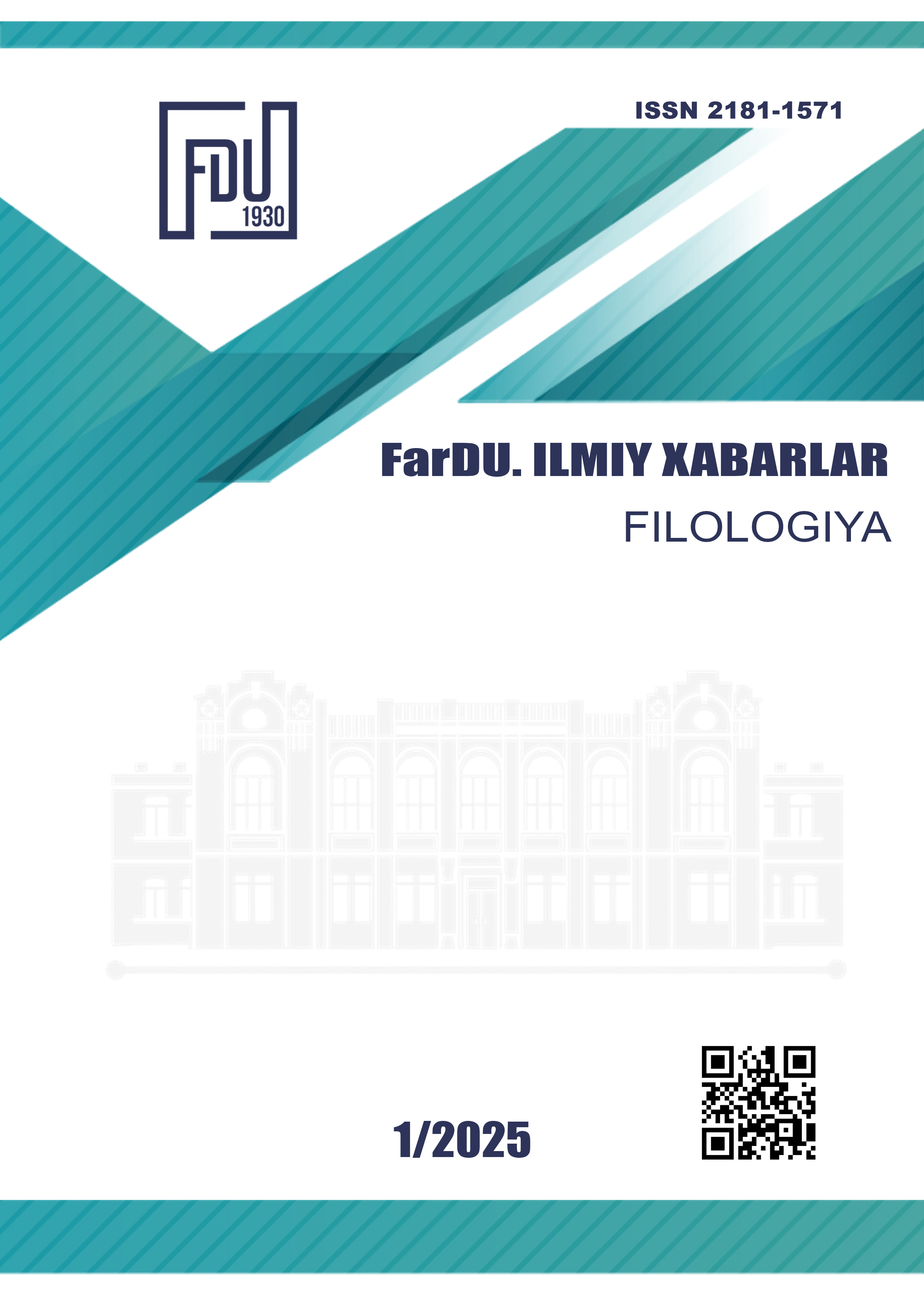A COMPARATIVE ANALYSIS OF VERBS REPRESENTING MILITARY ACTIONS IN THREE DIFFERENT TRANSLATIONS OF THE “BABURNAMA”
Keywords:
: military terminology, translation analysis, Baburnama, semantic differences, stylistic variation, military verbs.Abstract
This article provides a comparative analysis of verbs describing military actions in three different translations of Baburnama (Erskine, Thackston, and Beveridge). The study examines how these verbs undergo semantic and stylistic changes during translation. It was found that while some verbs were translated accurately, others experienced semantic shifts or reductions in meaning. The translators' approaches vary: Thackston provides the most precise rendering of military terminology, Erskine occasionally broadens the interpretation, and Beveridge adopts a more artistic and flexible translation style. This analysis highlights the importance of accurately conveying military terminology in historical texts while maintaining contextual relevance.
References
Beveridge, A. (Trans.). (1921). Memoirs of Babur. London: Luzac & Co.
Bobur, Z. M. (1996). Baburnama (W. Thackston, Trans.). Oxford University Press.
Bobur, Z. M. (1826). The Baburnama: Memoirs of Babur, Prince and Emperor (J. Leyden & W. Erskine, Trans.). London: Longman.
Bobur, Z. M. (2002). Boburnoma. Toshkent: Sharq nashriyoti-matbaa aksiyadorlik kompaniyasi.
G‘afurov, M. (Ed.). (2006). O‘zbek tilining izohli lug‘ati (5 jildlik). Toshkent: O‘zbekiston milliy ensiklopediyasi nashriyoti.
Ishoqov, F. (2008). “Boburnoma” uchun qisqacha izohli lug’at.Andijon: Andijon nashriyot-matbaa OAJ.
Teshaboyeva, Z. (2024). “Boburnoma”dagi harbiy terminlarning inglizcha tarjimalari qiyosi. Toshkent:O‘zbekiston til va madaniyat. ISSN 2181-922X
Downloads
Published
Issue
Section
License
Copyright (c) 2025 Scientific journal of the Fergana State University

This work is licensed under a Creative Commons Attribution-NonCommercial-NoDerivatives 4.0 International License.
Most read articles by the same author(s)
- , , EXPLANATION OF THE PHYSICAL BASIS OF SOUND-ASSISTED TESTING IN MEDICINE (CLINIC) ON THE BASIS OF THE "SWOT-ANALYSIS" METHOD , Scientific journal of the Fergana State University: No. 6 (2023): FarDU.Ilmiy xabarlar jurnali (Aniq va tabiiy fanlar)
- , , , DETERMINATION OF THE COMPOSITION AND QUANTITY OF FLAVONOIDS IN THE STEMS OF A CISTANCHE MONGOLICA PLANT GROWING IN FERGANA VALLEY BY THE HIGH EFFECTIVE LIQUID CHROMATOGRAPHY METHOD , Scientific journal of the Fergana State University: No. 4 (2022): Scientific journal of the Fergana State University
- , THE ROLE OF RELIGION AND PHILOSOPHY IN APPRECIATING PEOPLE AND SUPPORTING THEM FROM THE SPIRITUAL AND ETHICAL ASPECT , Scientific journal of the Fergana State University: No. 4 (2023): FarDU ilmiy habarlari jurnali (Ijtimoiy gumanitar)

